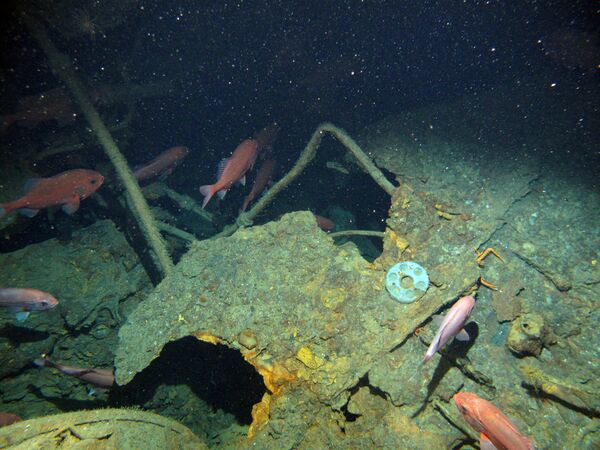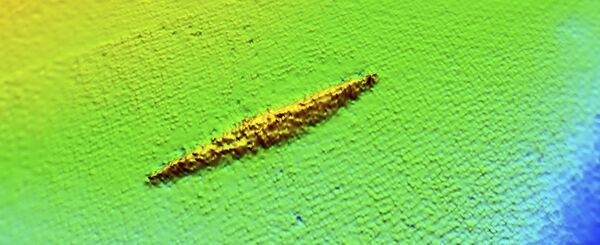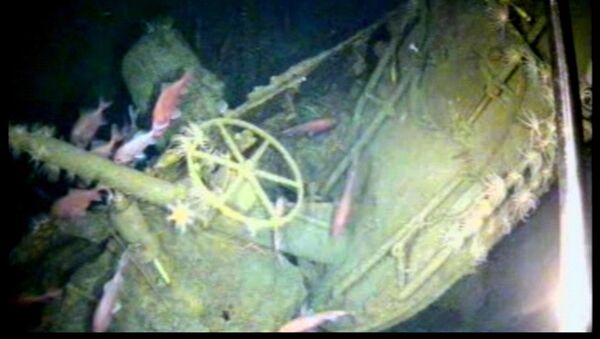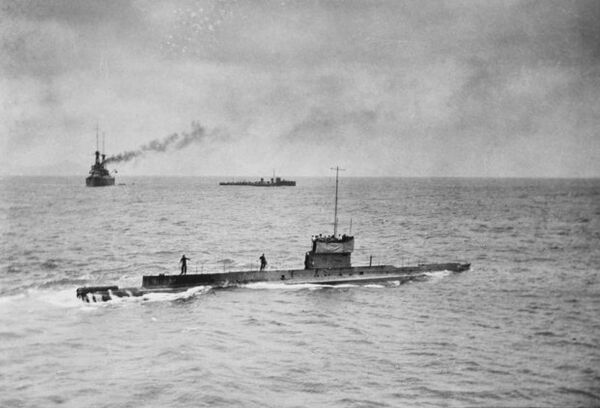Australian Defense Minister Marise Payne has announced that the wreck of the country's first naval submarine, the HMAS AE-1, has been discovered 300 meters (984 feet) below the surface off the Duke of York islands in Papua New Guinea.
She touted it as "one of the most significant discoveries in Australia's naval maritime history."
"It was the first loss for the Royal Australian Navy and the first Allied submarine loss in World War I; a significant tragedy felt by our nation and our allies," Payne said.

During the search mission, a state-of-the-art underwater drone floating 40 meters (131feet) above the sea bed was used, according to her.
The exact cause for the sinking of the HMAS AE-1, which vanished off the New Guinean island of New Britain on September 14, 1914 with 35 Australian and British crew members on board, is yet to be defined.

Retired Australian rear admiral Peter Briggs suggested that the sinking might have been caused by "a diving accident."
"The submarine appears to have struck the bottom with sufficient force to dislodge the fin from its footing, forcing it to hinge forward on its leading edge, impacting the casing," he said.
Payne, for her part, pledged a probe into the matter, also saying that the government will try to get in touch with descendants of the submarine's crew.



